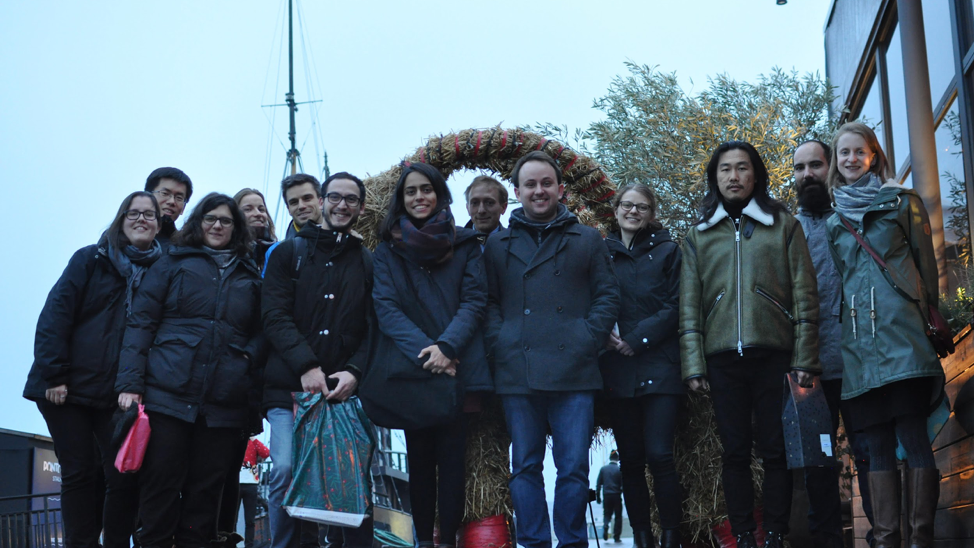Fellow, Science for Life Laboratory
Fellow, Ming Wai Lau Center of Reparative Medicine
Department of Medical Biochemistry and Biophysics
Karolinska Institutet

Research Interests
Proteins perform a myriad of functions in every living cell. Traditional biochemical approaches for elucidating molecular mechanism rely on a reductionist’s approach of simplifying complex systems into biochemically tractable problems. However, some of the most intriguing problems of biology, for example how the eukaryotic genome is packaged in the nucleus in such way that the relevant information for any given cell state can be made available ‘on demand’, can ultimately only be answered in the context of the full complexity of the living cell. We are exploring solutions to answer my biochemical questions in the context of the living cell. Methodology that would allow such strategy would need to provide a means for: 1) selectively addressing(i.e. manipulate and/or observe) a specific protein of interest in the context of the entire protein complement. 2) precisely synchronizing the biochemical process to be studied within an entire population of cells, so that meaningful biochemical and ’omics’ readouts can be made from the cell population. Synthetic building blocks in form of non-canonical amino acids(ncAAs), introduced into the protein of interest, provide such means for performing biochemistry in the living cell. My laboratory currently focuses on a number of areas:
- Development of mammalian ncAA technology for studying proteins in situ, as well as for protein engineering
- Quantitative ChIP-Seq for studying dynamic evolution of chromatin states (also using ncAA technology) in the context of pluripotency and lineage commitment
- The small proteome (peptidome) of mammalian cells, in particular in the context of pluripotency and lineage commitment
- Elucidating the role of unusual DNA structures such as G4 quadruplexes, DNA/RNA hybrids and ssDNA through development of genome-wide profiling methods
Group members
Angelo Salazar (PhD Student)
Anna-Maria Katsori (Postdoc)
Banushree Kumar (PhD Student)
Birthe Meineke (Postdoc)
Carmen Navarro (Postdoc)
Dörte Schlesinger (PhD Student)
Jing Lyu (PhD Student)
Johannes Heimgartner (Master Student)
Jurgen Eirich (Postdoc)
Lorenzo Lafranchi (Postdoc)
Philip Yung (Postdoc)
Rozina Caridha (Lab Manager)
Rui Shao (PhD Student)
